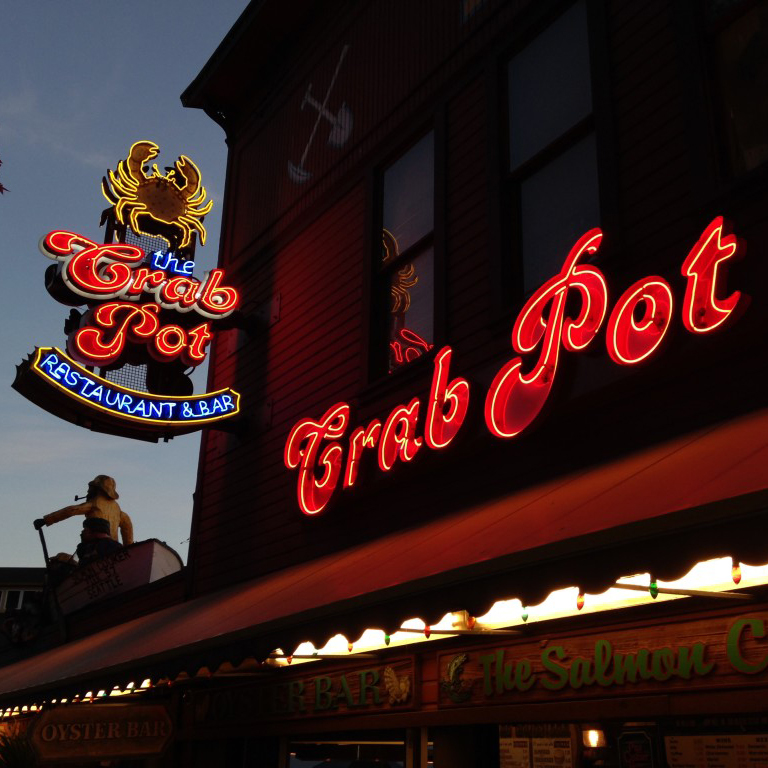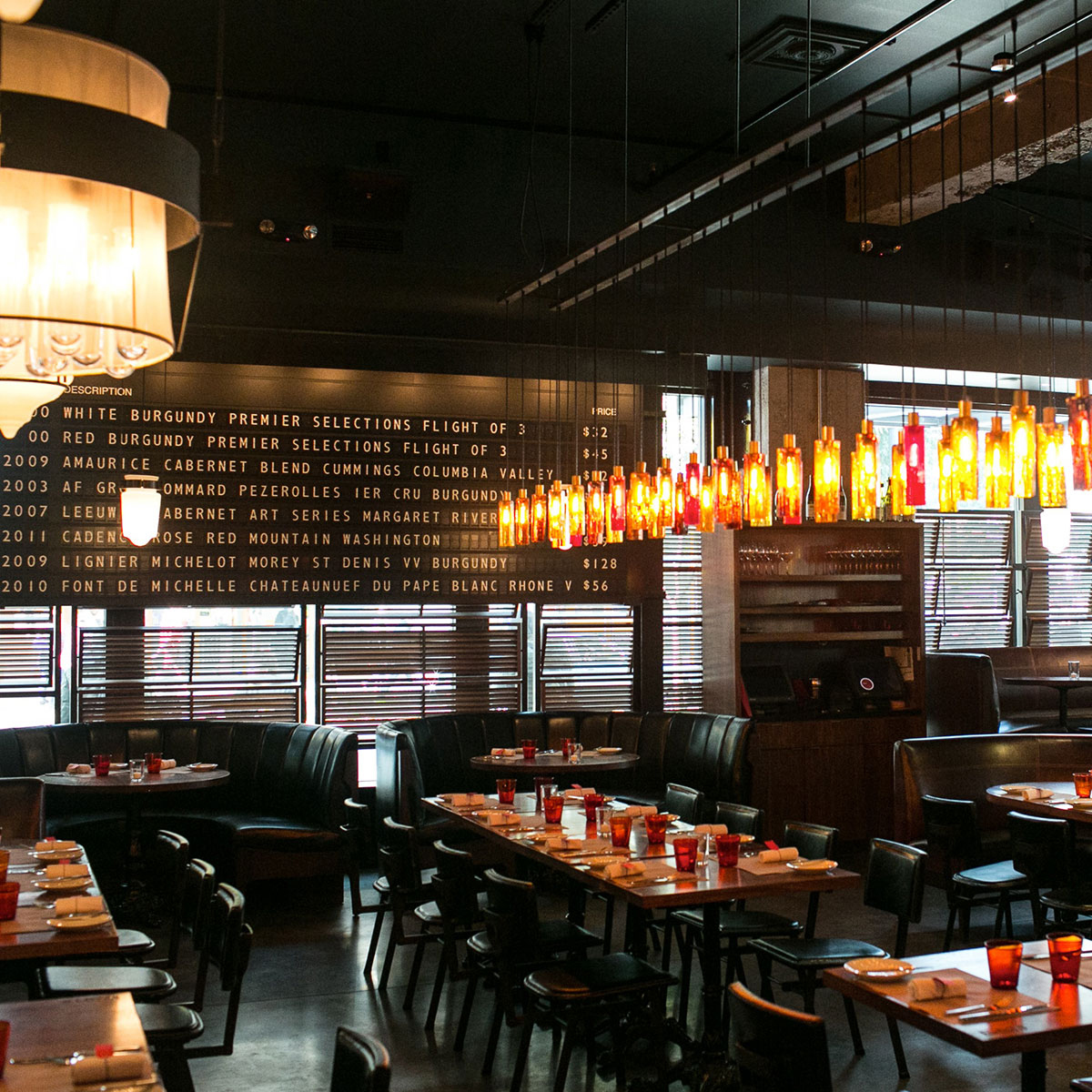


Seattle 12th Man, we know what you’re picturing when you imagine a New England Patriots fan. We’re loud (though you’re the loudest fans of all), fanatic (but you win the face-paint award), and some say we’re cheaters (Spygate, Deflategate — our Gates make more headlines than yours at the moment). But we’re also generous — we let you have Pete Carroll, didn’t we?
You’ve probably seen the team insignia, a head with an early American hat and a star in front, called “the Flying Elvis” by locals. And surely you’ve heard about tailgating outside Gillette Stadium, even in blizzards, and the Gronk family party bus, with Papa Gronk’s line, “We live every day to the fullest,” and more food and drink than you can imagine.
But if you really want to understand New Englanders, you have to know about their scrappy beginnings as Puritans, the lean cold winters on a monotonous diet of beans and bits of pork strong with smoke because they were stored inside the chimney. Fishermen and families who eventually settled coastal cities and towns lived on chowders thickened with crumbled hardtack, a kind of wheat cracker that lasted forever.
So you could never call us prissy. And today, even with all the farm-to-table talk and a huge locavore movement, comfort food is the same working-class cuisine we were raised on. That still means baked beans, though rarely cold bean sandwiches the following morning, something people once ate to stretch the food. And chowders, creamy versions with plenty of potatoes, served at every fish shack anywhere near the ocean. And fish cakes, once made with salt cod, then fresh cod, and now because cod is fished out, with species like hake and pollock. For breakfast, born-and-bred Bostonians ate baked beans and cod cakes with eggs.
One prized dish here, so quirky you probably have to be a New Englander to appreciate it, is the lobster roll. We begin with fine local lobsters, then mix the meat with mayonnaise (Hellman’s preferred) and maybe a spoonful of celery. That’s tucked into a top-loading soft-white hot dog roll that has been browned and crisped on the kind of griddle you’d use to make pancakes. When celebrity chefs change the formula to use their own homemade rolls, or God forbid, brioche, there’s an outcry.
We also have a tradition of steamers (that’s pronounced steam-ahs, and it’s all I’ll say about the way we talk). These are small soft-shell clams, sometimes called longnecks, which go into a pot with a little water, steam for a few minutes, and are served with the cooking liquid and a bowl of melted butter. A seafood dish might come with a big square of golden cornbread sweet enough that outsiders sometimes call it cake.
A pot of beef and vegetables popular all over is New England boiled dinner, and it’s essentially a pot roast simmered in water with lots of root vegetables. Because we’re frugal cooks, this too has another life the following day as Red Flannel Hash, in which all the ingredients are finely chopped with boiled beets, browned in a skillet till crispy, and topped with a poached egg.
One prized dessert is a cake with a pie name. Boston cream pie is a two-layer vanilla cake sandwiched with custard and topped with chocolate. Legend has it that the cake was probably once cooked in a pie pan because those tins were more common. In the late 19th century, a wave of immigration started, first with the Irish, then Italians, who came mostly from the southern part of the country and Sicily, Jews from Eastern Europe, Armenians, and more recently, Latin Americans and South Asians. All introduced their cuisines and unusual ingredients to a suspicious population, who were hard to win over.



